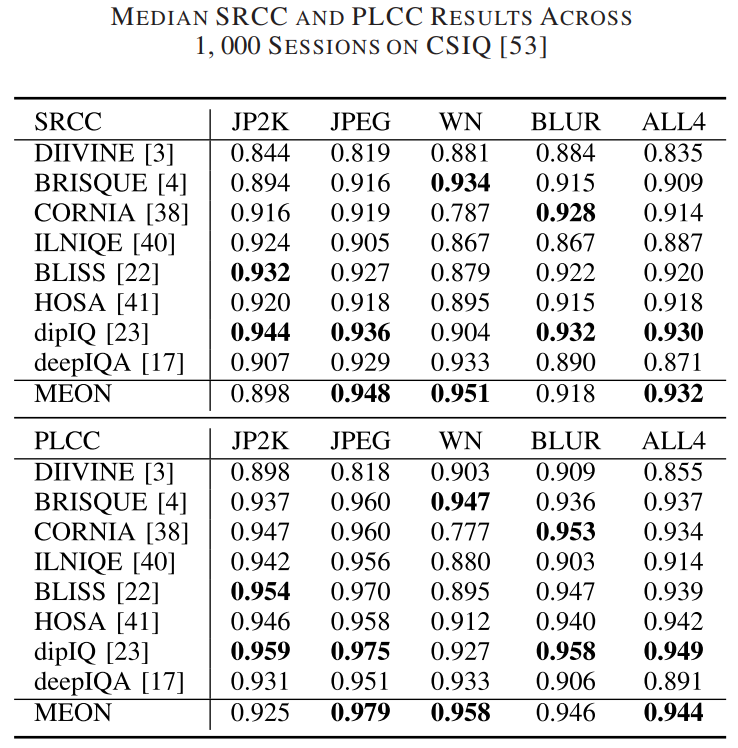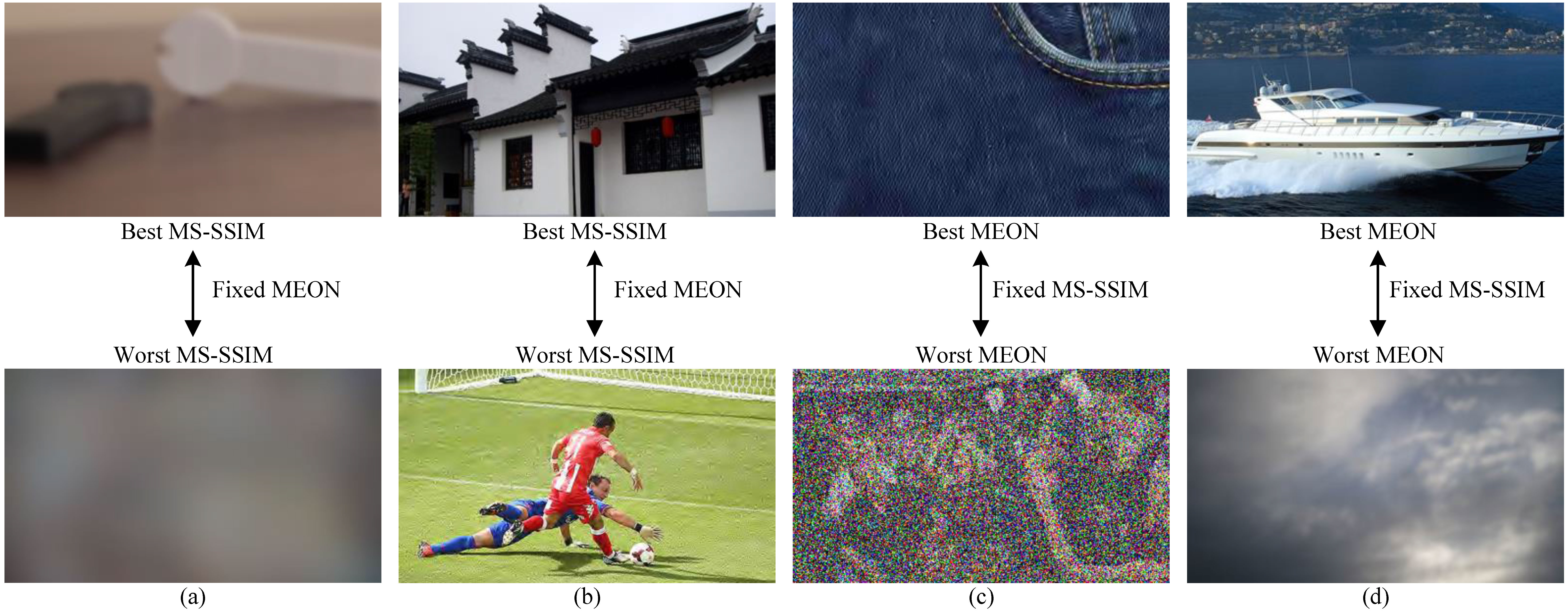
We propose a multi-task end-to-end optimized deep neural network (MEON) for blind image quality assessment (BIQA). MEON consists of two sub-networks—a distortion identification network and a quality prediction network—sharing the early layers. Unlike traditional methods used for training multi-task networks, our training process is performed in two steps. In the first step, we train a distortion type identification sub-network, for which large-scale training samples are readily available. In the second step, starting from the pretrained early layers and the outputs of the first sub-network, we train a quality prediction sub-network using a variant of the stochastic gradient descent method. Different from most deep neural networks, we choose biologically inspired generalized divisive normalization (GDN) instead of rectified linear unit as the activation function. We empirically demonstrate that GDN is effective at reducing model parameters/layers while achieving similar quality prediction performance. With modest model complexity, the proposed MEON index achieves state-of-the-art performance on four publicly available benchmarks. Moreover, we demonstrate the strong competitiveness of MEON against state-of-the-art BIQA models using the group maximum differentiation competition methodology.
@article{ma2018end,
title={End-to-End Blind Image Quality Assessment Using Deep Neural Networks},
author={Ma, Kede and Liu, Wentao and Zhang, Kai and Duanmu, Zhengfang and Wang, Zhou and Zuo, Wangmeng},
journal={IEEE Transactions on Image Processing},
volume={27},
number={3},
pages={1202--1213},
year={2018},
month={March}
}



